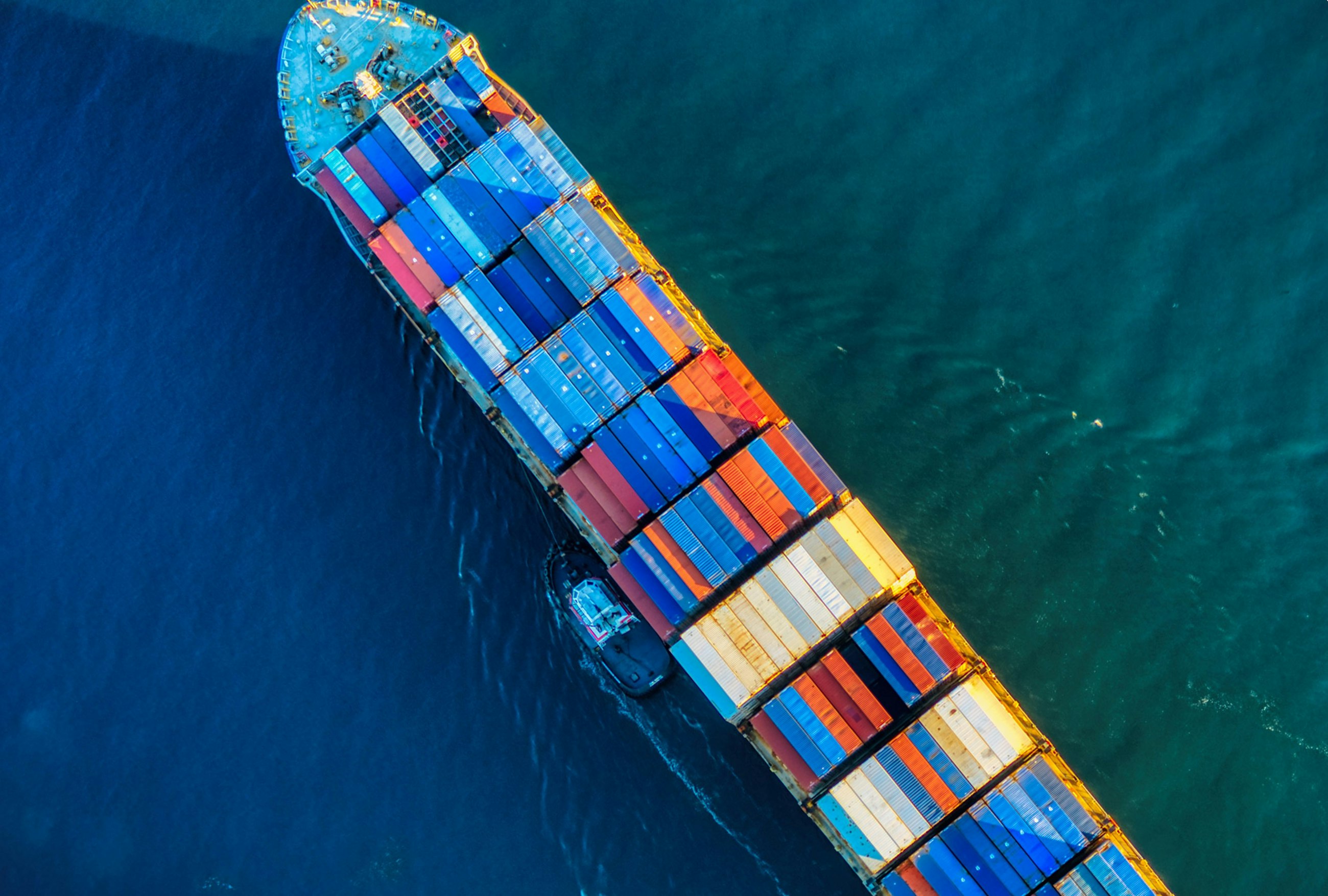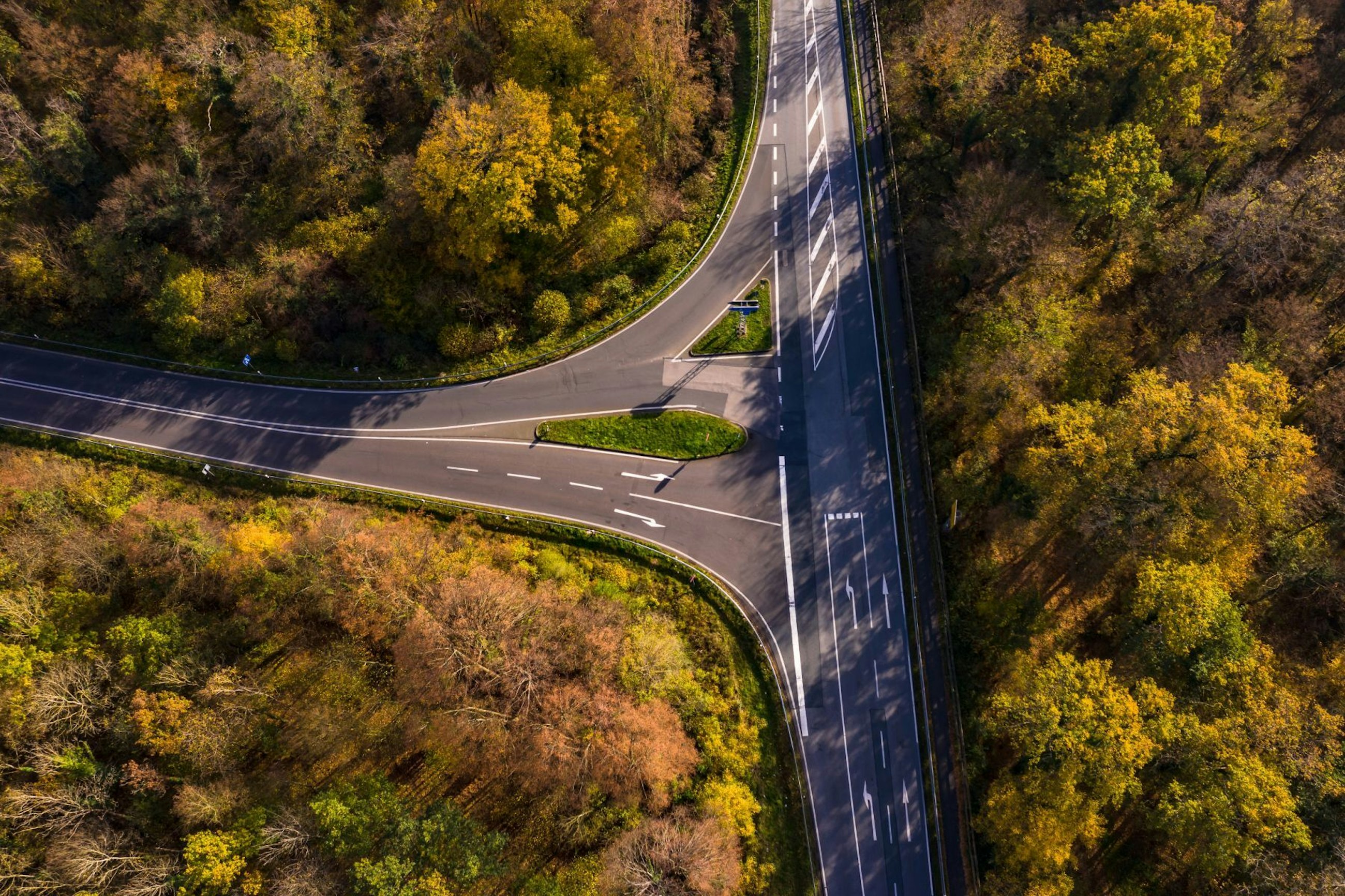– adaptability by design
8 December 2023
This article is co-authored by Josef Oehmen, Jooehm@dtu.dk, Christian Mann Boserup, Boserup@esgimplement.com and Rebecca Stilbo
2023 DTU and Implement Consulting Group
This whitepaper presents a framework to make green transition initiatives resilient, developed by DTU and Implement Consulting Group. The framework is presented with examples from a case study of the Mærsk Mc-Kinney Møller Center for Zero Carbon Shipping. The case study exemplifies key activities by the Center and its partners that derisk the green transition by creating opportunities for adaptability in their ecosystem.
The green transition in the maritime sector requires significant advances in technology, business models and regulation. We need to produce carbon-neutral fuels at scale, build businesses on the right financial incentives for the entire value chain from investors to consumers and create regulation that facilitates innovation and experimentation and rewards first movers.
Reducing the associated risks and uncertainties requires time – time we do not always have if we want to pursue aggressive decarbonisation goals by 2030 and 2050.
A complementary approach to reducing uncertainty is to design and create adaptability: it allows us to derisk decision-making and responsibly make significant investment decisions, as it decouples the uncertainty from its negative impact on a decarbonisation programme.
This whitepaper highlights a world-class example of how the Mærsk Mc-Kinney Møller Center for Zero Carbon Shipping leverages adaptability in creating an ecosystem to accelerate the green transition of maritime shipping, enabling its partners to control cost and strategic risk.
The case presented here focuses on the maritime sector, but we believe that the demonstrated principles are relevant for all project and programme owners pursuing ambitious green transition endeavours.
The Center
The Mærsk Mc-Kinney Møller Center for Zero Carbon Shipping is a non-profit, independent research and development centre looking to accelerate the transition towards a net-zero future for the maritime industry. With their partners, they drive and facilitate the development and implementation of new technologies, build confidence in new concepts and mature viable strategic ways to drive the required systemic and regulatory change.
"We are looking into an uncertain future: it is much easier to quantify the cost and the risks than the opportunities or the risk of doing nothing. Some of those risks we can remove by feasibility studies, and we do that. And some of those risks we can remove by adding flexibility to the systems we invest in, for example in vessels or fuel production."
Bo Cerup-Simonsen,
CEO Mærsk Mc-Kinney Møller Center for Zero Carbon Shipping
The Center’s vision is to sustainably decarbonise the maritime industry by 2050.
DTU – Implement research project
Over the last two years, DTU and Implement worked with over 15 large public and private organisations on an ambitious research project funded by Innovationsfonden to develop an adaptability-by-design framework. The objective is to support the creation of organisations and ecosystems that can derisk and resiliently execute highly ambitious decarbonisation initiatives.
1 Introduction
Adaptability creates resilient long-term impact. It is the key to accelerating and scaling the green transition.
The green transition in the maritime industry faces a powerful paradox. On the one hand, the industry needs to take decisive action now, investing heavily in new technologies. On the other hand, decision-makers and investors face significant uncertainty regarding technology performance, market trends and regulatory requirements. How is the industry supposed to, for example, invest in a new low-carbon fuel when we do not even know what fuel that is going to be?
Should the industry and policymakers not wait to make decisions until we have mature technologies to incorporate and first movers to follow? The simple answer is “no” because that will lead to unacceptable delays. The challenge is that the maritime industry is generally risk-averse and often demands full-scale demonstrations before new technologies are widely adopted, slowing uptake (MMMCZCS, 2022a). There are commercial barriers to recovering investments and lack of regulation, and incentive structures make the long-term horizons of the green transition risky despite the enormous potential for companies and society to benefit.
To accelerate and scale the green transition, we must learn to decouple the uncertainty we face from the negative impact it may have on our business and environmental goals.
Adaptability provides that capability. It creates resilience towards significant uncertainty and allows organisations to invest responsibly and at scale in the green transition without taking undue risks.
The core principle behind adaptability is to acknowledge that we cannot always predict the future. If we can, we should plan and optimise for that one specific outcome. If we cannot, we must understand what the range of plausible future outcomes is and put technology and business systems in place that will thrive or at least survive under all those conditions.
Adaptability: the quality of being able to adjust to new conditions.
The opportunity, but not the obligation, to make changes in capabilities, function and/or scale at minimum cost and in a short time frame.
Examples of adaptability:
Multi-fuel vessels have the capability to adapt to different fuels. They enable adaptability on the technical level and decouple the uncertainty of fuel availability from having a negative impact on the ability to operate. This can be through engines which can shift fuel, retrofitting or dual-fuel vessels.
Green corridor blueprints is a collection of knowledge and a guide to establishing zero-emission shipping lanes. The blueprints facilitate the transfer and scale of knowledge about creating business models and setting up the zero-emission shipping lanes.
Maturing multiple fuel regulatory pathways enables the green transition to adapt to the availability of different fuels. It helps to decouple the uncertainty regarding fuel technology, business models and regulation from negatively affecting the green transitions timeline.
Creating adaptability is not more expensive than trying to “pick a winner” without having the information to do so. In fact, it is much cheaper to create adaptability than guessing wrong.
Studies have shown that systems that are designed to be easily scalable to adapt to changing market demands provide a significantly higher expected NPV and drastically lower maximum loss, making previously unfeasible projects feasible (de Neufville, 2011). Why? Because there is no need to over-engineer or over-size an initial solution. There is no risk of overcapacity. And there is no opportunity cost for demand exceeding expectations.
In this whitepaper, we discuss how to leverage three types of adaptability in your green transition programme:
- Scalability. Designing systems that can grow or contract to follow market demand, minimising both upfront investment as well as the impact of market risks (i.e. creating a blueprint for zero-carbon shipping lanes that accelerate local scaling and scaling the centre’s capabilities through secondees from partners).
- Functional/capability flexibility. Designing systems and organisations that can perform a range of functions, removing functionality that is no longer needed or adding functionality that has become relevant. This capability minimises the risk of costly redesigns or critical shortfalls in performance (i.e. flex-fuel vessels mitigating specific fuel availability risks).
- Parallel pathways. Designing systems that can fulfil critical functions through alternative means. Parallel pathways can be used to guarantee the success of critical functions while also allowing to pursue higher-value, higher-risk options in parallel (i.e. developing multiple fuel pathways both mitigates the risk posed by betting on a single fuel and accelerates global scaling of low-carbon fuels).
Adaptability can be applied at different levels: technical, organisational and policy.
What is important to note is that adaptability gives you the option, but not the obligation, to take certain actions in the future. It puts you back in control. Instead of forcing yourself to make critical choices now under significant uncertainty, it gives you the opportunity to make smarter choices later when you have the necessary information.
Value proposition of adaptability by design: speed and scale at minimum risk
The transition to new business models supported by new technology and new regulatory frameworks that will allow us to live under conditions provided by a maximum of 1.5 °C increase in temperature is happening too slowly (IPCC, 2023). We are heading for an increase above the desired limit set out in the Paris Agreement (UNFCCC, 2015), and key climate indicators such as global temperature and greenhouse gas concentration continue to rise without any sign of relief, according to the UN net-zero coalition. The latest emissions gap report from UNEP calls for an increase in investments as a critical enabler of the green transition (UNEP, 2022), yet investments in climate account for only a small fraction, according to the IMF (IMF, 2021). It is estimated that there is a need for investments of 4-6 trillion USD per year to achieve a worldwide low-carbon economy. The IPCC assesses that global investments in the green transition need to increase by a factor of three to six – and more for developing countries.
The natural answer is to accelerate, but private organisations – from investors to manufacturers and operators – cannot constantly “bet the farm” on unproven technologies, immature markets or expected outcomes. At the same time, we cannot wait for every uncertainty to resolve.
The main value proposition of adaptability by design is to allow companies to take on more uncertainty without taking on more risk and thus accelerate the transition.
"One of the big-ticket risks to solve is the “chicken and egg” problem between the shipping community and the ones who invest in fuel production. It is too risky to invest in low-carbon fuel production if you do not have a long-term offtake agreement, and it is too risky to invest in vessels that rely on one novel low-carbon fuel before you have a global infrastructure in place for that fuel. That is why flex-fuel vessels are genius."
Bo Cerup-Simonsen,
CEO Mærsk Mc-Kinney Møller Center for Zero Carbon Shipping
Adaptability enables organisations to create a meaningful impact on the green transition:
- Accelerate the green transition, as we can start building systems now that can accommodate game-changing technologies if and when they are available.
- Pursue high-risk, high-reward technologies, as adaptive systems will deliver a “good enough” performance even if those technologies fail or are delayed.
- Minimise the cost of pursuing parallel business and technology solutions, as adaptive systems are designed to accommodate each solution without expensive redesign.
- Minimise business risk, as adaptive systems are designed to scale and contract at minimum cost and are also designed to integrate new technologies over their life cycles.
Adaptability enables organisations to tackle critical uncertainties such as:
- Long-time horizons in benefit realisation
- Complex stakeholder landscape
- Immature or non-existent technologies
- Unclear regulatory horizon
- Uncertain commercial viability, for example regarding cost and willingness to pay
Download the full article
This whitepaper is made by DTU and Implement Consulting Group and presents a framework to make green transition initiatives resilient.
Download the 23-page whitepaper here




